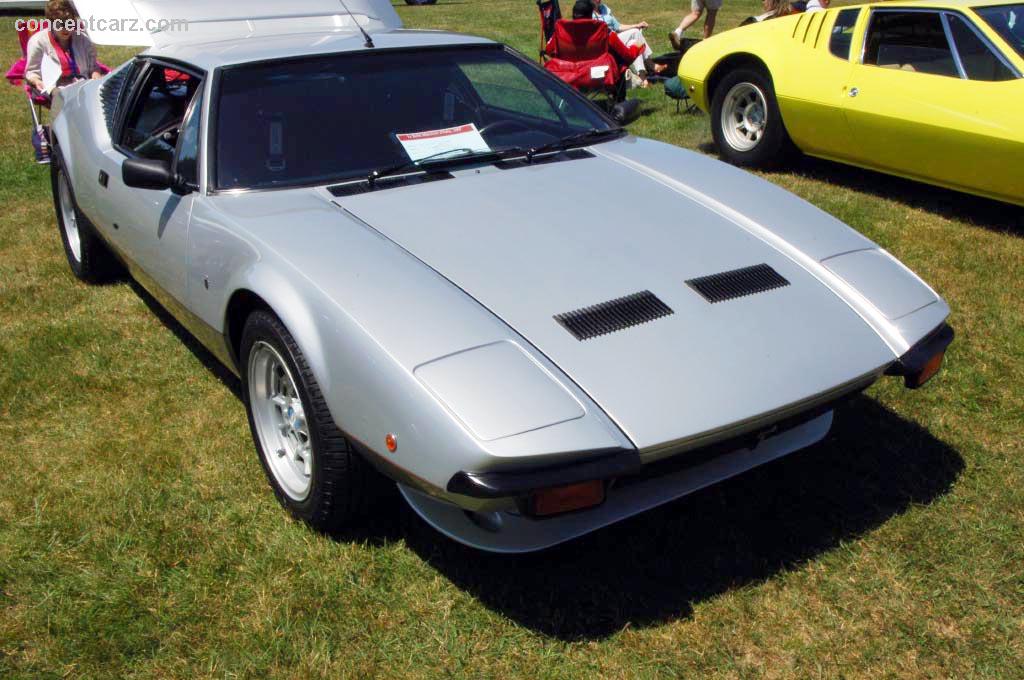1975 DeTomaso Pantera Navigation
- 1975 DeTomaso Pantera Menu
- Article
- Image gallery
- Valuation
- Specifications
- Profiles
- Production figures
DeTomaso
Similarly Sized Vehicles
from 1975
Recent Vehicle Additions
Performance and Specification Comparison
Price Comparison
Pantera Specification Comparison by Year
Year
Production
Wheelbase
Engine
Prices








